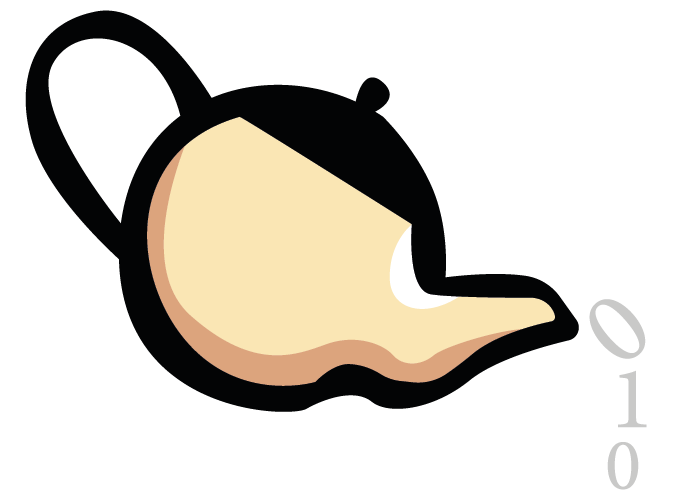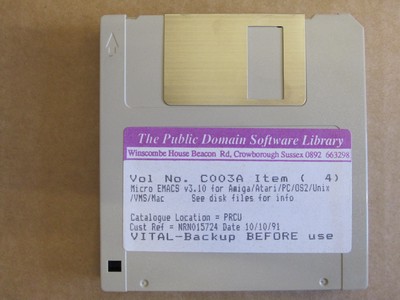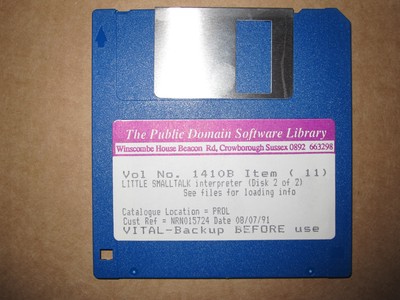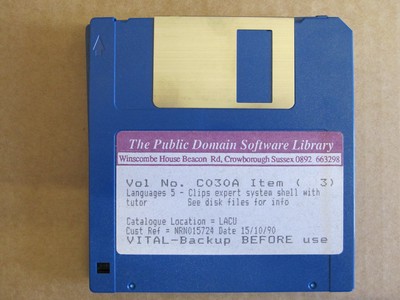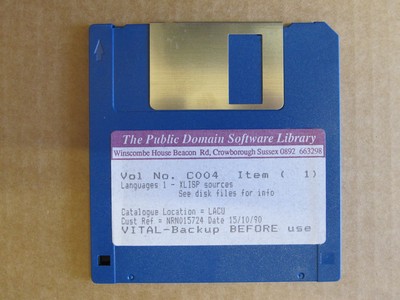Software the old fashioned way
I was clearing out my old bedroom after many years nagging by my parents when I came across two of my old floppy disk boxes. Contained within is a small snapshot of my personal computing starting from 1990 through until late 1992. Everything before and after those dates doesn’t survive I’m afraid.
The archive contains loads of backups of work I produced, now stored on Github, as well as public domain / shareware software, magazine cover disks and commercial software I purchased. Yes, people used to actually buy software. With real money. A PC game back in the late 1980s cost around £50 in 1980s money. According to this historic inflation calculator, that would be £117 now. Pretty close to a week’s salary for me at the time.
One of my better discoveries from the late 1980s was public domain and shareware software libraries. Back then there were a number of libraries, usually advertised in the small ads at the back of computer magazines.
This is a run down of how you’d use your typical software library:
- Find an advert from a suitable library and write them a nice little letter requesting they send you a catalog. Include payment as necessary;
- Wait for a week or two;
- Receive a small, photocopied catalog with lists of floppies and a brief description of the contents;
- Send the order form back to the library with payment, usually by cheque;
- Wait for another week or two;
- Receive a small padded envelope through the post with my selection of floppies;
- Explore and enjoy!
If you received your order in two weeks you were doing well. After the first order, when you have your catalog to hand, you could get your order in around a week. A week was pretty quick for pretty well anything back then.
The libraries were run as small home businesses. They were the perfect second income. Everything was done by mail, all you had to do was send catalogs when requested and process orders.
One of the really nice things about shareware libraries was that you never really knew what you were going to get. Whilst you’d have an idea of what was on the disk from the description in the catalog, they’d be a lot of programs that were not described. Getting a new delivery was like a mini MS-DOS based text adventure, discovering all of the neat things on the disks.
The libraries contained lots of different things, mostly shareware applications of every kind you can think of. The most interesting to me as an aspiring programmer was the array of public domain software. Public domain software was distributed with the source code. There is no better learning tool when programming than reading other peoples’ code. The best code I’ve ever read was the CLIPS sources for a forward chaining expert system shell written by NASA.
Happy days 😄
PS All of the floppies I’ve tried so far still work 😄 Not bad after 23 years.
PPS I found a letter from October 1990 ordering ten disks from the library.

